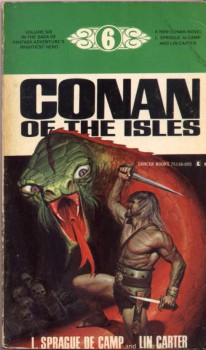The Thankless World of the Continuation Author
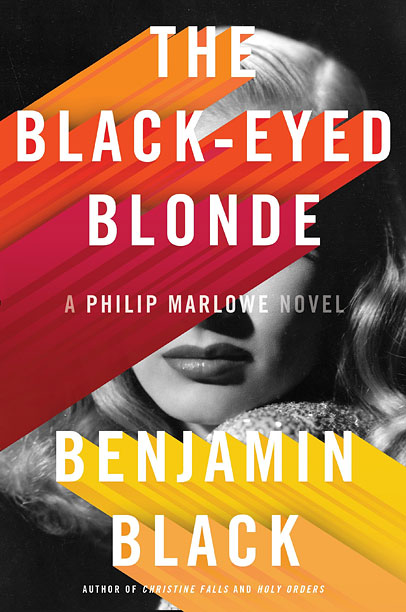
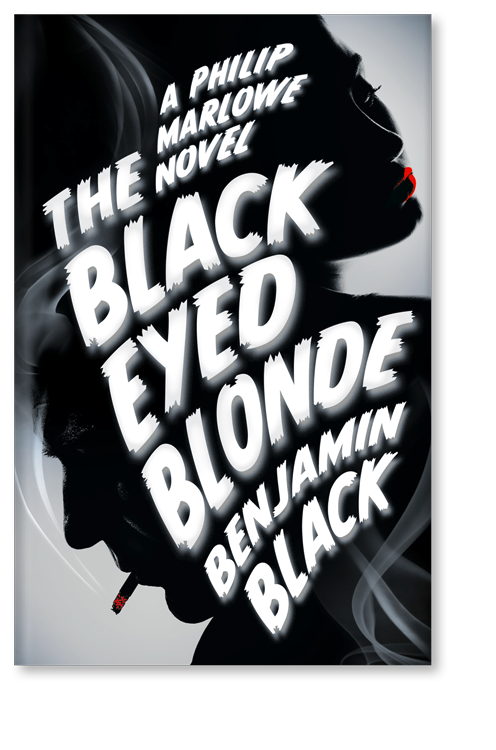 Despite the title, this article is not intended as a forum for a continuation author to lament how unforgiving his critics are. Bad reviews are an inevitability and, in this instance, I’m the one bad-mouthing another continuation writer. I do not feel pangs of guilt, since the author in question is not only talented, but very successful and lauded in his industry. In other words, I’m an insignificant mouse picking on an elephant and that hopefully protects me from charges of betraying one of my own.
Despite the title, this article is not intended as a forum for a continuation author to lament how unforgiving his critics are. Bad reviews are an inevitability and, in this instance, I’m the one bad-mouthing another continuation writer. I do not feel pangs of guilt, since the author in question is not only talented, but very successful and lauded in his industry. In other words, I’m an insignificant mouse picking on an elephant and that hopefully protects me from charges of betraying one of my own.
I recently read Benjamin Black’s The Black-Eyed Blonde, the first Philip Marlowe continuation novel in nearly 25 years. I can think of only one nice thing to say about the book and that is at long last Robert B. Parker need no longer be disparaged as the man who wrote the two worst Philip Marlowe mysteries. I am a fan of Black’s original historical mysteries, but my familiarity with his work did nothing to convince me he was a good choice to revive Raymond Chandler’s classic private eye hero, particularly when a talent such as Ace Atkins is active in the field writing new Spenser mysteries that do justice to the originals.
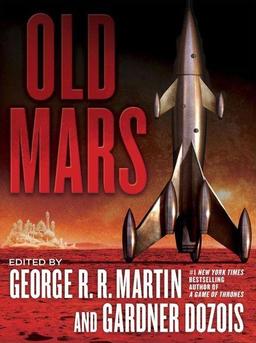
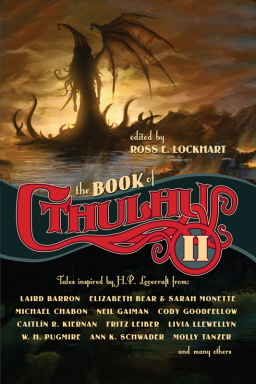
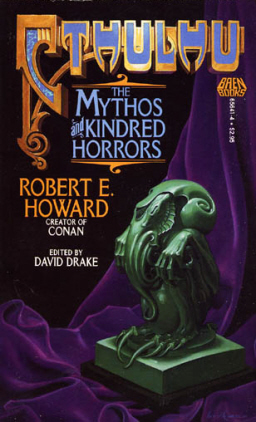

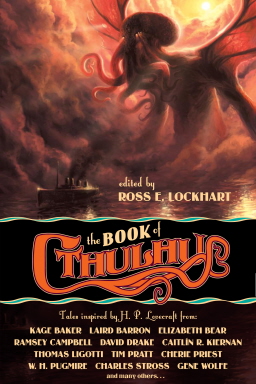
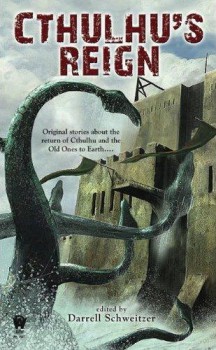 Cthulhu’s Reign
Cthulhu’s Reign Conan the Renegade
Conan the Renegade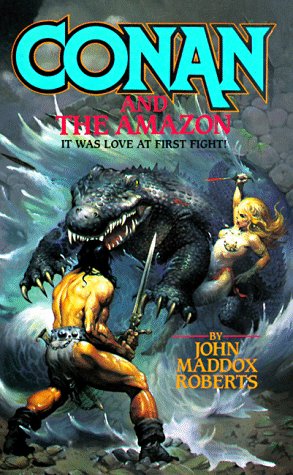 Conan and the Amazon
Conan and the Amazon